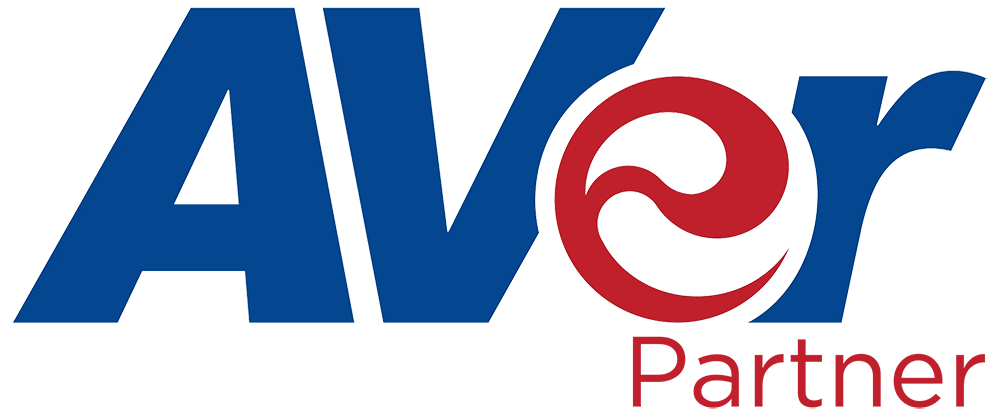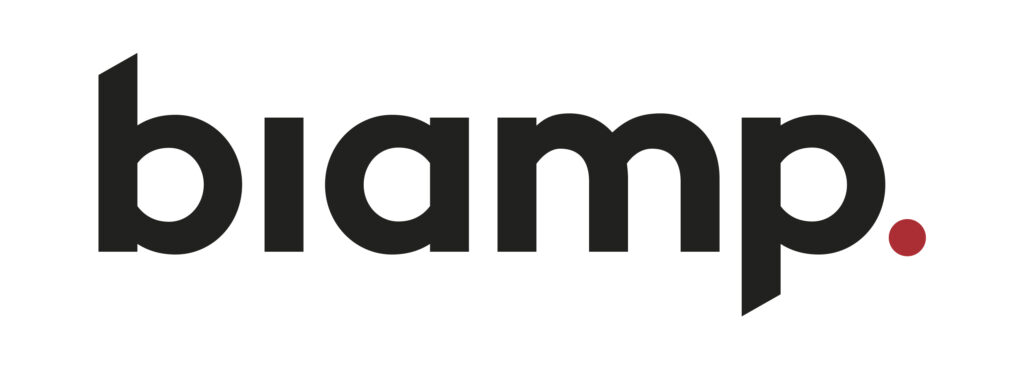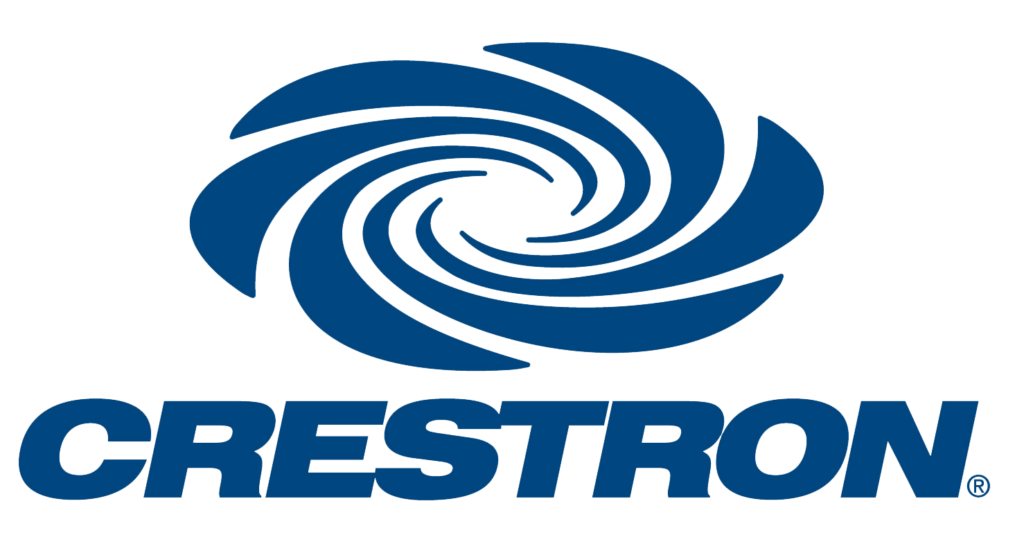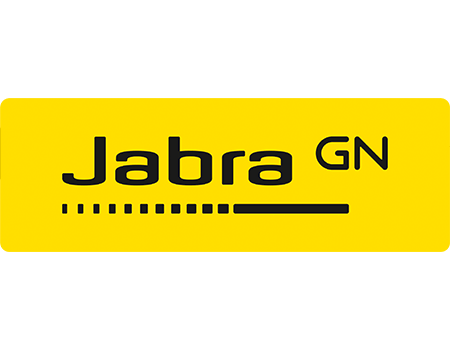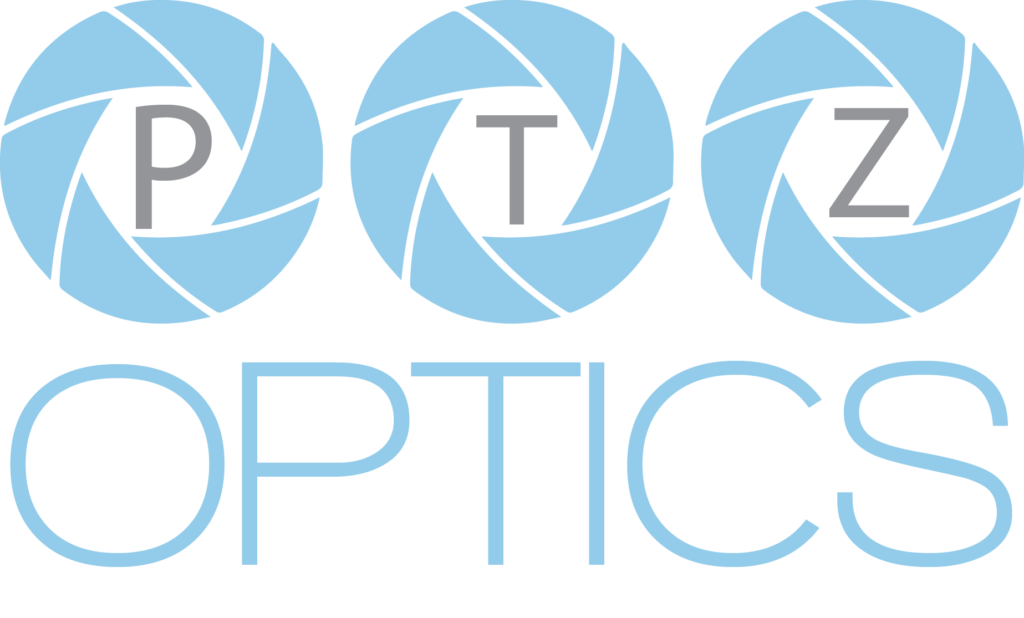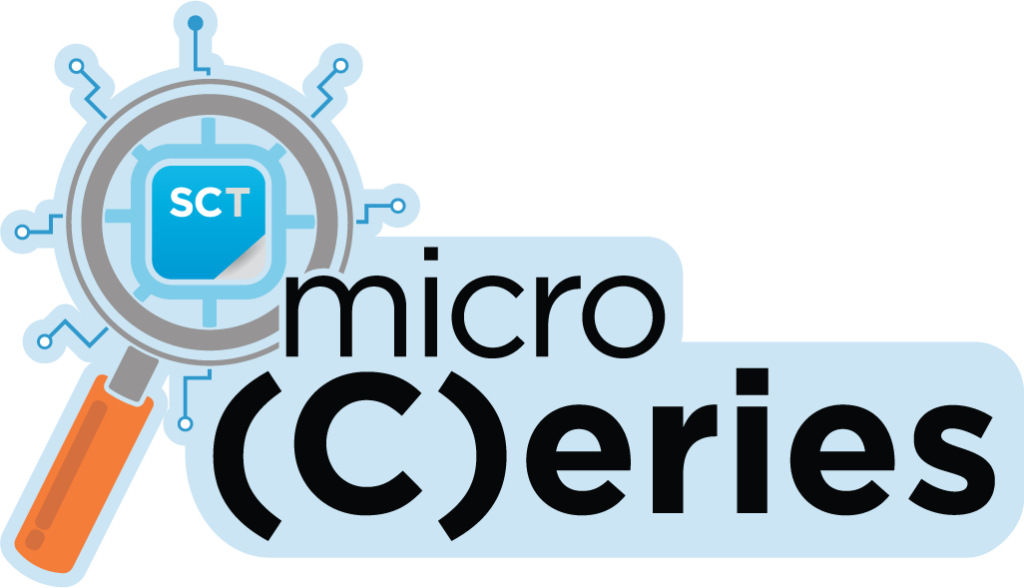USB-C has taken over.
It is quickly becoming the connector of choice for collaboration devices – video bars, codecs, PTZ cameras, even tabletop systems. But here’s the catch: a USB-C connector is just that, a connector. What runs over it can vary dramatically – power delivery, DP Alt Mode, DisplayLink, USB-Data only and more.
And to make it more complicated, each host (laptop or PC) and each device (video bar, codec, PTZ camera, microphone, speaker, etc.) may support different protocols. That makes it hard to know what works with what.
The Right Questions to Ask
When you’re designing or troubleshooting a USB-C system, start with three key questions:
- What do my host and device support?
(Does the laptop output DP Alt Mode? Does the video bar accept it?) - How do audio and video signals travel?
(Are you carrying uncompressed DisplayPort, or relying on DisplayLink compression or drivers?) - What outcome do I want?
(Are you looking to share content only or do you need BYOM capabilities? DO I need extension? Is power delivery required? Will I need HDMI® out as well?)
The answers to these questions guide you toward the right solution—and help avoid a lot of trial and error.
That’s exactly where SCT’s micro(C)eries™ comes in. It’s a family of modular USB-C solutions designed to cover all the permutations you’re likely to encounter in real-world AV rooms:
- DP Alt Mode with Power Delivery (PD)
- DP Alt Mode with PD + USB 2.0 Extension
- PD with or without Active Optical Cable (AOC)
- PD with USB 3.2 Extension
- Merge HDMI®® + USB into one USB-C DP Alt Mode connection
- Merge HDMI®® + USB into one USB-C DP Alt Mode connection with USB 2.0 Extension
- End-to-end DP Alt Mode support with PD
With these options, integrators don’t have to guess, and end users don’t have to worry. The micro(C)eries bridges laptops, video bars, codecs, and room systems—delivering reliable USB-C connectivity no matter what mix of protocols is in play.


